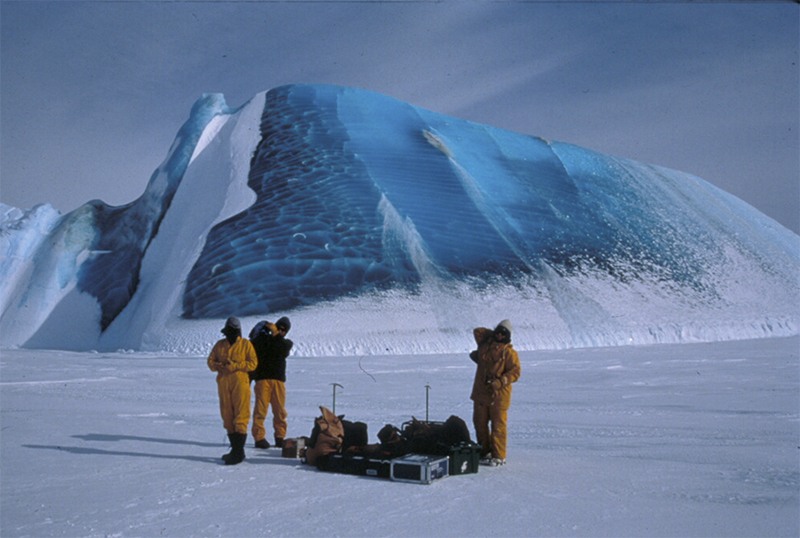Antarctic Ice and Climate, a public lecture, is Wednesday, Sept. 14, 7 to 9 p.m. at the Friday Harbor Laboratories’ dining hall. The talk is part of the University of Washington’s Program on Climate Change and Friday Harbor Laboratories for this two-part public lecture followed by refreshments and conversation featuring Stephen Warren and Kyle Armour.
Climate of the Antarctic Ice Sheet presented by Stephen Warren, UW Most of Antarctica is a high plateau of snow-covered ice, whose average temperature is -30 C in summer and -60 C in winter. Clouds are thinner and lower than elsewhere on Earth. Cirrus ice-clouds are most common, but stratocumulus water-clouds are also common in summer at temperatures of -20 to -30 C. Annual precipitation averages 7 inches for the whole continent, but is less than 2 inches over much of East Antarctica. Snowfall during occasional storms is supplemented by a nearly continuous fall of tiny “diamond-dust” ice crystals. The wind drifts the surface snow into longitudinal dunes called sastrugi.
A polar climate change puzzle: Why has the Southern Ocean cooled while the Arctic has warmed? Presented by Kyle Armour, UW. The Arctic Ocean has warmed rapidly over the last 40 years, with nearly half of its sea ice melting away. Meanwhile, the Southern Ocean around Antarctica has been cooling, with its sea ice cover actually expanding over this time. Come learn about how ancient ocean currents resolve the mystery of why climate change is affecting the north and south poles so differently. And find out why man-made depletion of the stratospheric ozone layer might be helping to protect the Antarctic sea ice cover from greenhouse gas warming (for now). More information can be found atfhl.uw.edu



